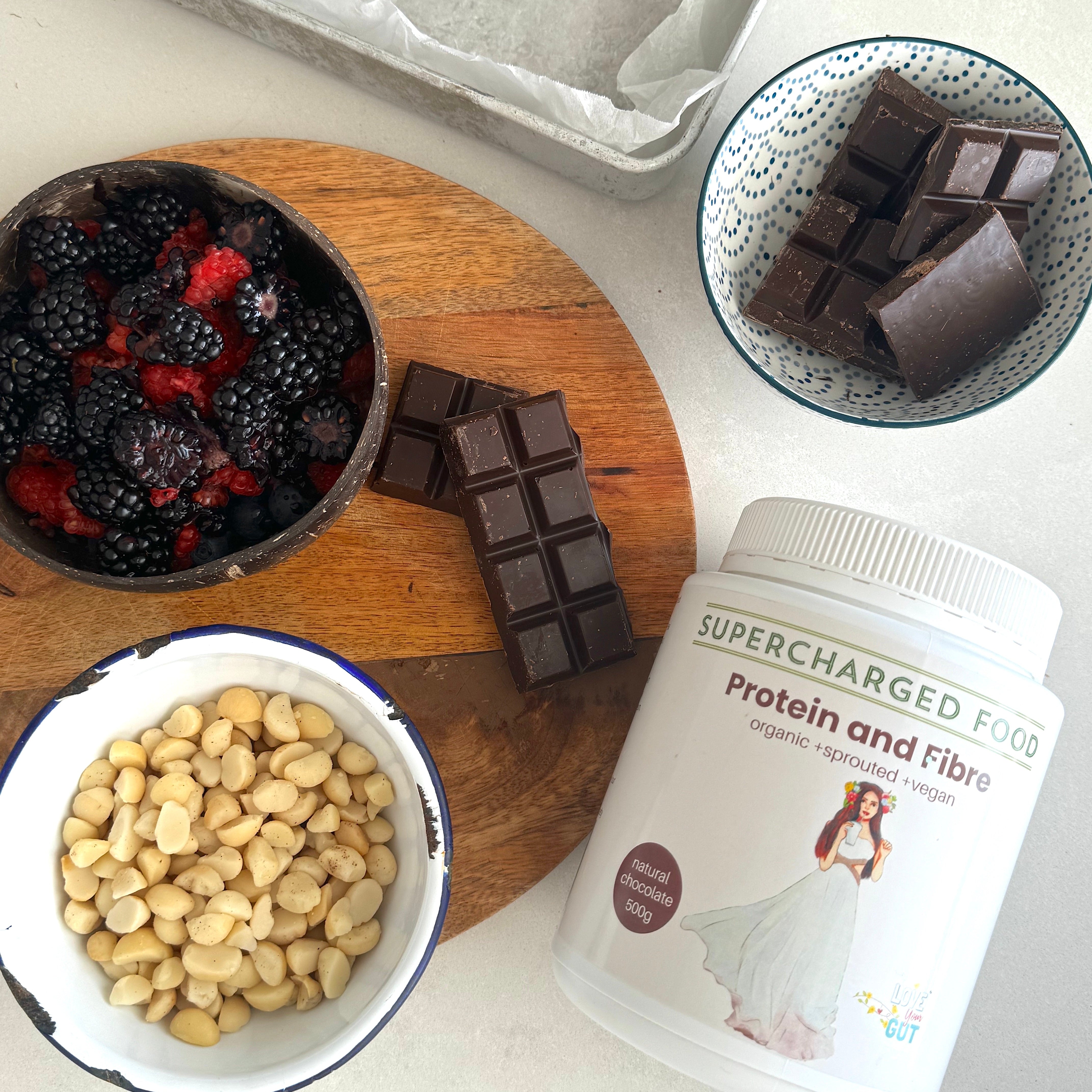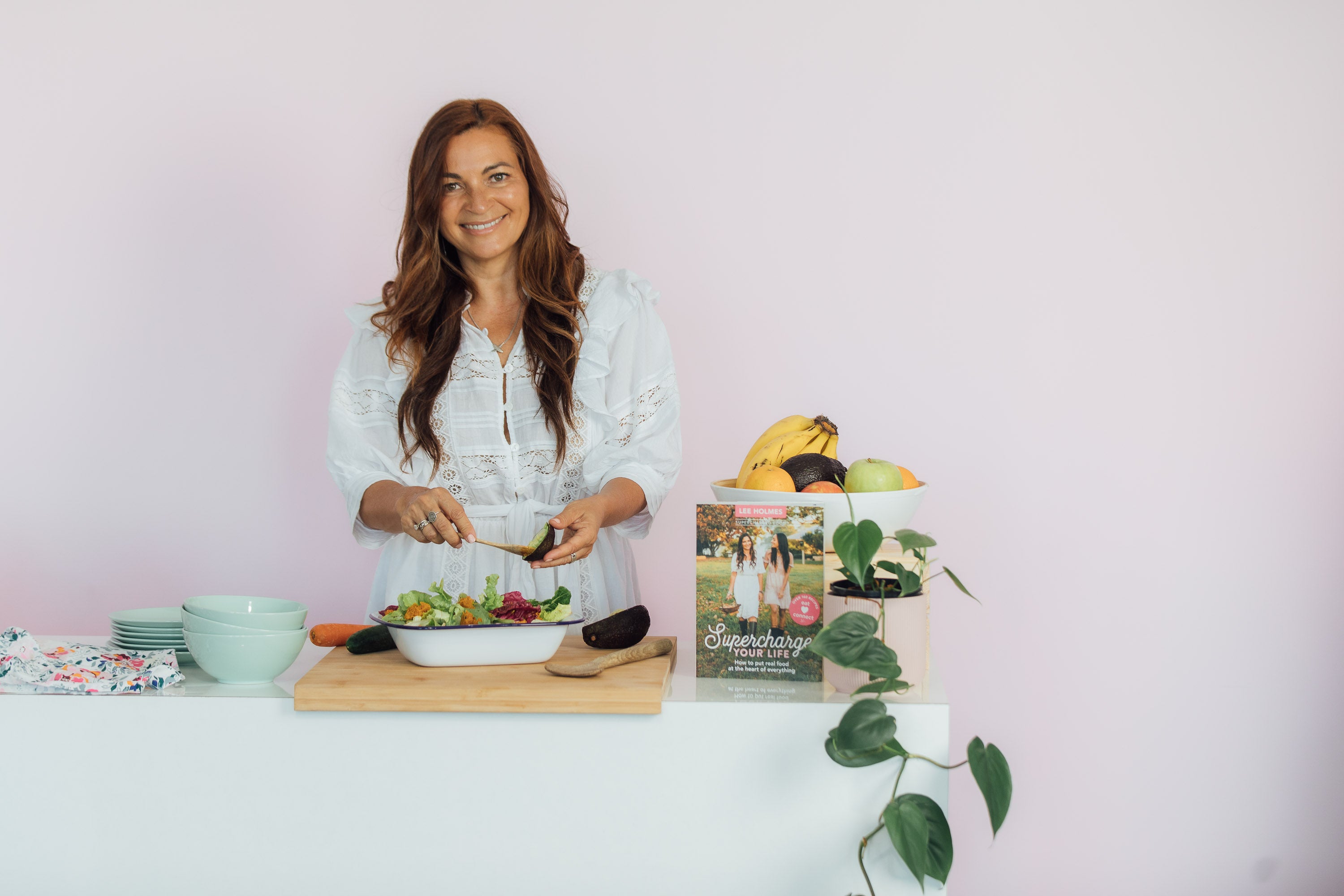If you look at the ingredients panel of any hair, skin and nail supplement on the shelf at your local chemist, you’ll probably find the ingredient ‘silica’ somewhere on the list. If you’ve ever asked yourself:
- Is silica all it’s cracked up to be?
- Are we silly for silica?
You’re in the right place. Let’s deep dive into the world of silica and explore what it is, its impact on the integumentary system (our hair, skin and nails) and its safety profile.
What is silica?
Silica is a mineral that constitutes a large part of the earth’s crust (we’re just over 100 words in and I’ve already given you a fun fact for your next virtual dinner party!). Silica also resides in the human body’s connective tissue, including our skin, bones, mucous membranes in the gut and respiratory system. Silica deficiencies are associated with brittle nails, ageing or inflamed skin and fine hair.

What happens to our skin as we age?
Skin ageing can come as a result of two different mechanisms; the first is intrinsic ageing, where we have a reduction of fibroblasts and thinning of blood vessels. The second is extrinsic ageing, where solar ultraviolet radiation, diet, smoking and pollution accelerate the aging process. Extrinsic ageing causes increased degradation of collagen and elastin, as well as reduced silica levels and hyaluronic acid in connective tissues.1
Let’s take a look at collagen and the impact it has on skin aging.
Collagen, silica, skin need each other
Collagen is a protein found in the body, made of amino acids. One of collagen’s primary roles is to provide structural support to connective tissue within the body; in fact, it’s known as a building block for our hair, skin and nails. There are 28 different types of collagen, and type I and III are responsible for making youthful skin look bright, plump and wrinkle-free.2 As we age, our production of collagen declines, and we lose skin elasticity and strength, leading to fine lines and wrinkles.
Now, where does silica come into this? Without silica, collagen loses its stability; they need each other. Silica helps stimulate fibroblasts which secrete collagen type I – the kind in youthful skin.3 Consuming collagen, and minerals that support collagen synthesis (we’re all looking at you here, silica), naturally boost collagen levels in the body to maintain youthful, healthy and glowing skin.
In a randomised, double-blind, placebo-control trial, 50 volunteers aged between 40-65 with clinical signs of ageing consumed a silica supplement. After 20 weeks, the silica group showed positive results on a skin microtopography test, demonstrating improvements to the skin’s surface following silica consumption.4
Silica is also responsible for transporting oxygen and nutrients to different parts of the body which helps improve skin hydration (hello, youthful glow!). You don't need to start taking silica once you have fine lines and wrinkles; the anti-inflammatory mineral can act preventatively, too. If you’re looking for an in-and-out skincare routine, silica is calling.
So, we’ve touched on silica in the skin, what about our hair and nails?
Silica for the hair and nails
Silica is a major component of hair, containing 90 micrograms per gram; which is almost as silica-rich as our bones, which are comprised of 100 micrograms of silica per gram. Several studies indicate that hair strands with higher silica contents tend to have enhanced brightness and a lower chance of falling out.4
Our nails are predominantly composed of silica, so if they’re soft and brittle, it can indicate a systemic deficiency of silica.4 The randomised, double-blind placebo control trial we looked at earlier also demonstrated an improvement in the fragility of hair and nails in the silica group, in comparison to placebo.4
Silica and the gut
We know that the digestive system connects to every other system in the body, including the integumentary system. Silica deficiency intensifies the risk of increased intestinal permeability, which means more toxins may accumulate in the gut. If the microbiome is compromised, not only is the body more susceptible to experiencing inflammation, constipation, diarrhoea or even parasites, it makes it more likely to carry bacteria to other parts of the body, including our skin.

Where can you find silica?
Silica is available in a variety of food sources, including oats, brown rice, seafood, root vegetables, diatomaceous earth and dark leafy greens. If you prefer to drink your silica, you can find it in dandelion, nettle leaf or rosehip tea.
Unfortunately, silica, like many critical minerals, is being leached from our soils, and so, isn’t as potent in food as it used to be. According to Gérard, et al., 2002, “in leaching solutions, the main process may by the slow diffusion of aqueous silica.”5 On top of solutions leaching silica from the soil, Gérard indicates that seasonal changes and soil temperature can alter silica concentration.5 If silica is leaching out of our earth, it is less bioavailable (our absorption capacity). To get the most out of your beauty routine and silica intake, we recommend consuming it straight from the source; the earth.
Is all silica the same?
If you’re unsure about the safety profile of silica, that’s understandable. But not all silica is the same; just as not all salt is the same - there’s pool salt that you better not eat, and there’s Celtic salt which is pure and beneficial for our health. For a long time, we’ve known that crystalline silica can be dangerous for the respiratory system. Luckily, crystalline silica is not nearly the same as amorphous silica. Amorphous silica is safe and beneficial (even required) for human consumption – excess amounts of crystalline silica is not. If you’re looking at silica supplements, look for ones that have no added fillers, and have proven to be safe, bioavailable and efficacious.
Silica is beneficial for the health of the environment, as well as our digestive system, hair, skin and nails. We know that not all silica is the same, so it’s vital to choose amorphous silica to receive all the benefits. While some beauty ingredients trends fade, we believe silica is forever. If you want a great-quality source of silica, give Earth and Sea Beauty Capsules a go; you won’t be disappointed.

[Published clinical trials form the foundation of all of the articles in what the science says, including this one. If you wish to dive deeper into the research, I’ve included links to the specific studies at the bottom of this article. I encourage you to seek the research behind the latest health, wellness and beauty trends to make sound and evidence-based decisions. I know this can sound a little nerdy to some, but once you start understanding the why behind decisions, it can feel very empowering!]
- 1Fanian, F., Mac-Mary, S., Jeudy, A., Lihoreau, T., Messikh, R., Ortonne, J. P., Sainthillier, J. M., Elkhyat, A., Guichard, A., Kenari, K. H., & Humbert, P. (2013). Efficacy of micronutrient supplementation on skin aging and seasonal variation: a randomized, placebo-controlled, double-blind study. Clinical interventions in aging, 8, 1527–1537. https://doi.org/10.2147/CIA.S43976
- 2 Wu M, Cronin K, Crane JS. Biochemistry, Collagen Synthesis. [Updated 2020 May 4]. In: StatPearls [Internet]. Treasure Island (FL): StatPearls Publishing; 2020 Jan-. Available from: https://www.ncbi.nlm.nih.gov/books/NBK507709/
- 3 Reffitt, D. M., Ogston, N., Jugdaohsingh, R., Cheung, H. F., Evans, B. A., Thompson, R. P., Powell, J. J., & Hampson, G. N. (2003). Orthosilicic acid stimulates collagen type 1 synthesis and osteoblastic differentiation in human osteoblast-like cells in vitro. Bone, 32(2), 127–135. https://doi.org/10.1016/s8756-3282(02)00950-x
- 4 Araújo, L. A., Addor, F., & Campos, P. M. (2016). Use of silicon for skin and hair care: an approach of chemical forms available and efficacy. Anais brasileiros de dermatologia, 91(3), 331–335. https://doi.org/10.1590/abd1806-4841.20163986
- 5Gérard, Frédéric & François, M & Ranger, Jacques. (2002). Processes controlling silica concentration in leaching and capillary soil solutions of an acidic brown forest soil (Rhone, France). Geoderma. 107. 197-226. 10.1016/S0016-7061(01)00149-5







1 comment
I have several of your products – diatomeous earth, Golden gut and Fulvic concentrate. What is the difference between using diatomeous earth and the earth and sea beauty capsules to get the silica you need?
Leave a comment